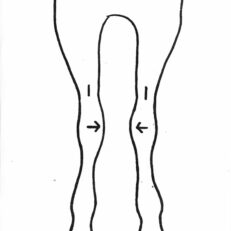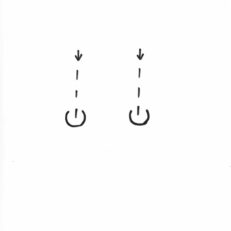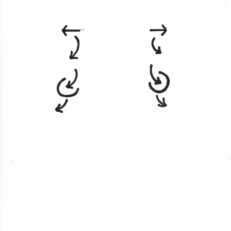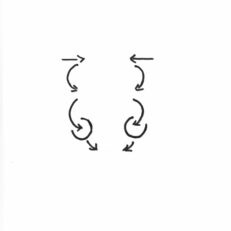When I was a young jackeroo, the boss made the comment ‘If you want to find a shortcut way to do a job, give it to a lazy man – he will always take the shortcut, and finish the job with a minimum of energy output. The outcome is usually that it is done wrong or that it does not last and has to be redone.’
This philosophy is especially true when it comes to the shoeing of horses. I don’t like to be the bearer of bad tidings, but it seems apparent that things are getting worse.
I have always stressed the importance of trimming the hoof to achieve a symmetrical shape. This can be and must be done no matter what the size of the hoof. By doing this you will help the horse move in a natural, even and uninhibited way. If the hoof is out of balance in any way, the flight of the leg will be crooked and uneven.
Probably the most common error in hoof preparation is simply not trimming out the sole enough. This leads to what we know as the low heel/long … Continue Reading ››
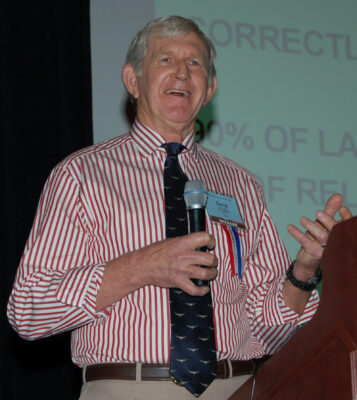 What does it mean to ‘Balance the Hoof’? Ask any farrier if he balances the hoof and he will say ‘Yes’. Ask him to describe how he does it and he will generally describe very convoluted ways of doing so without having any specific reference points for others to copy.
Is balancing a hoof a matter of trimming and shoeing so that it looks right?
Is there a simple, prescribed method to balance the hoof? Can it be found in textbooks?
What is the method of teaching apprentice farriers to balance the hoof?
Do farrier schools have a standard method to balance the hoof?
The answer is an emphatic NO.
Surely we need to make it simpler for young farriers to learn the simple basics if … Continue Reading ››
What does it mean to ‘Balance the Hoof’? Ask any farrier if he balances the hoof and he will say ‘Yes’. Ask him to describe how he does it and he will generally describe very convoluted ways of doing so without having any specific reference points for others to copy.
Is balancing a hoof a matter of trimming and shoeing so that it looks right?
Is there a simple, prescribed method to balance the hoof? Can it be found in textbooks?
What is the method of teaching apprentice farriers to balance the hoof?
Do farrier schools have a standard method to balance the hoof?
The answer is an emphatic NO.
Surely we need to make it simpler for young farriers to learn the simple basics if … Continue Reading ››  What does it mean to ‘Balance the Hoof’? Ask any farrier if he balances the hoof and he will say ‘Yes’. Ask him to describe how he does it and he will generally describe very convoluted ways of doing so without having any specific reference points for others to copy.
Is balancing a hoof a matter of trimming and shoeing so that it looks right?
Is there a simple, prescribed method to balance the hoof? Can it be found in textbooks?
What is the method of teaching apprentice farriers to balance the hoof?
Do farrier schools have a standard method to balance the hoof?
The answer is an emphatic NO.
Surely we need to make it simpler for young farriers to learn the simple basics if … Continue Reading ››
What does it mean to ‘Balance the Hoof’? Ask any farrier if he balances the hoof and he will say ‘Yes’. Ask him to describe how he does it and he will generally describe very convoluted ways of doing so without having any specific reference points for others to copy.
Is balancing a hoof a matter of trimming and shoeing so that it looks right?
Is there a simple, prescribed method to balance the hoof? Can it be found in textbooks?
What is the method of teaching apprentice farriers to balance the hoof?
Do farrier schools have a standard method to balance the hoof?
The answer is an emphatic NO.
Surely we need to make it simpler for young farriers to learn the simple basics if … Continue Reading ›› 

